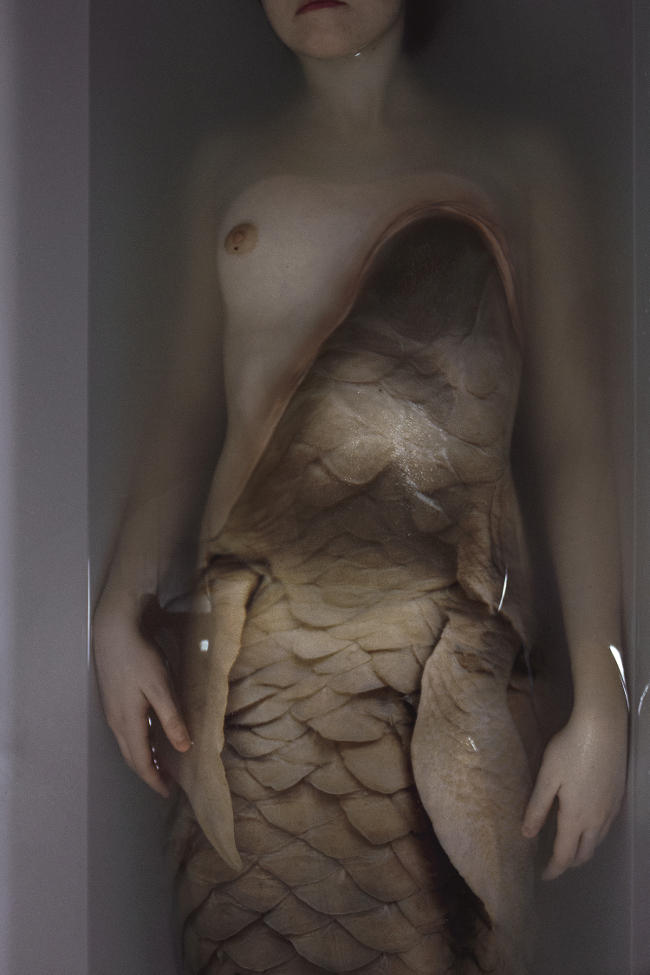6. Psychosocial Connections
"PsychoSocial Disney Culture." PyschoSocialDisney. Web. 12 Oct. 2015.
In this anonymous blog, a writer discusses the relationship of Ariel to an average teenage girl. While in the blog, she discusses the Ariel from the Disney film, it is easy to make similar comparisons to the character in Andersen's book. The blogger explains how she bickers with her father over common household rules, such as don't date that guy, and come home when I tell you to. She also displays acts such as not going to her music class and running away to find her own way, which also appear in the book. Although Ariel is a mermaid, the intent of the character was to show that all teenage girls are all crying out for their own independence and to be able to make their own way in the world. The author of the blog also explains that while many teenagers rebel, Ariel was shows how emotions lead to the rebellion. While Ariel had a better outcome and was permitted by her father to live life on her own. Andersen's character instead sacrifices her life and is granted a life as a spirit air. It shows younger readers that there are consequences for the actions people make, not all will end up with death, but by showing the more extreme side effect, readers will understand to be weary of your decisions.


